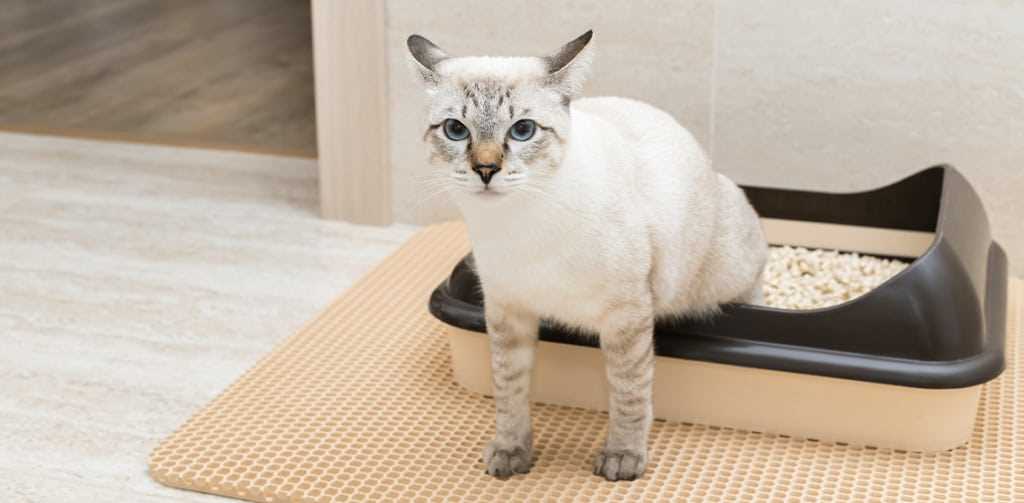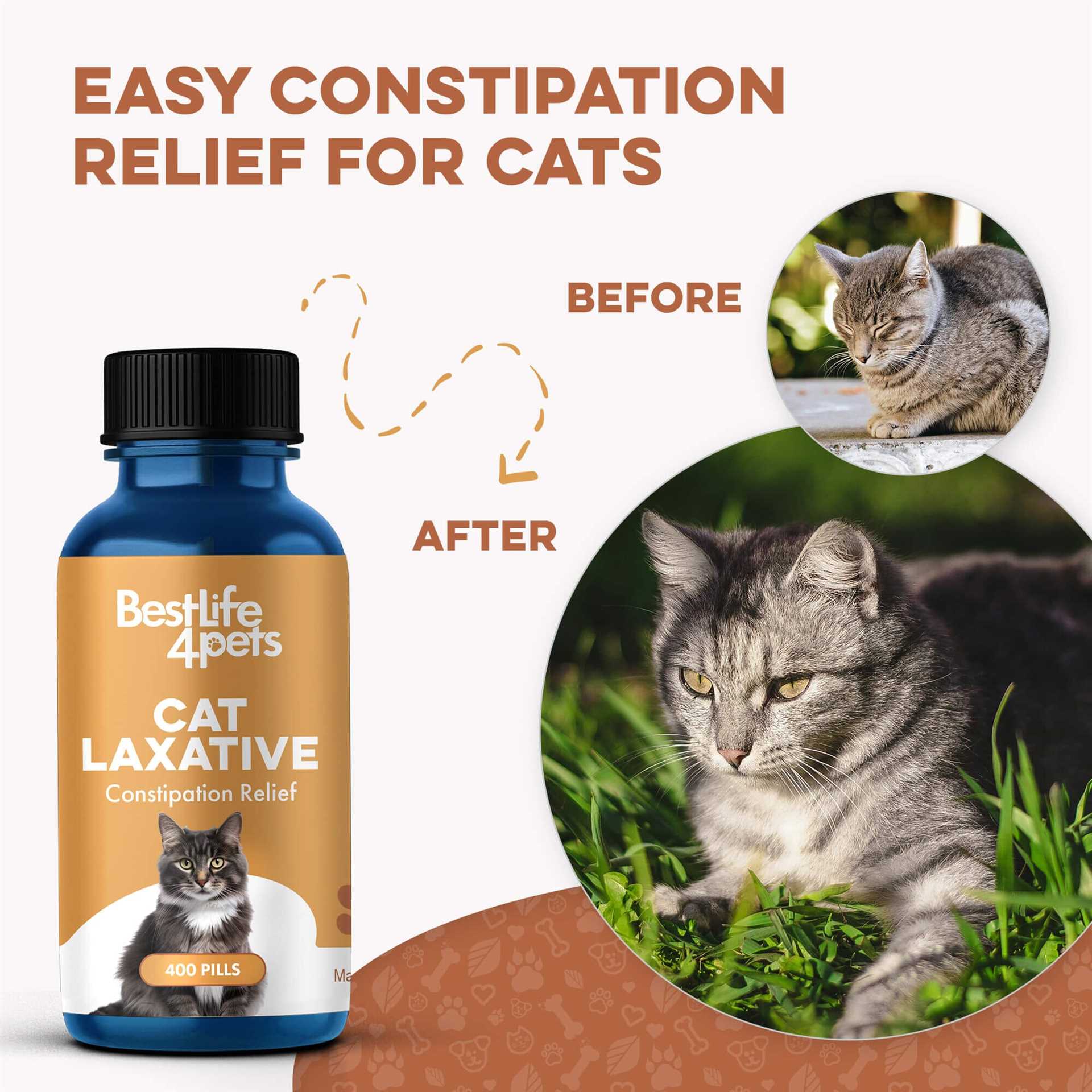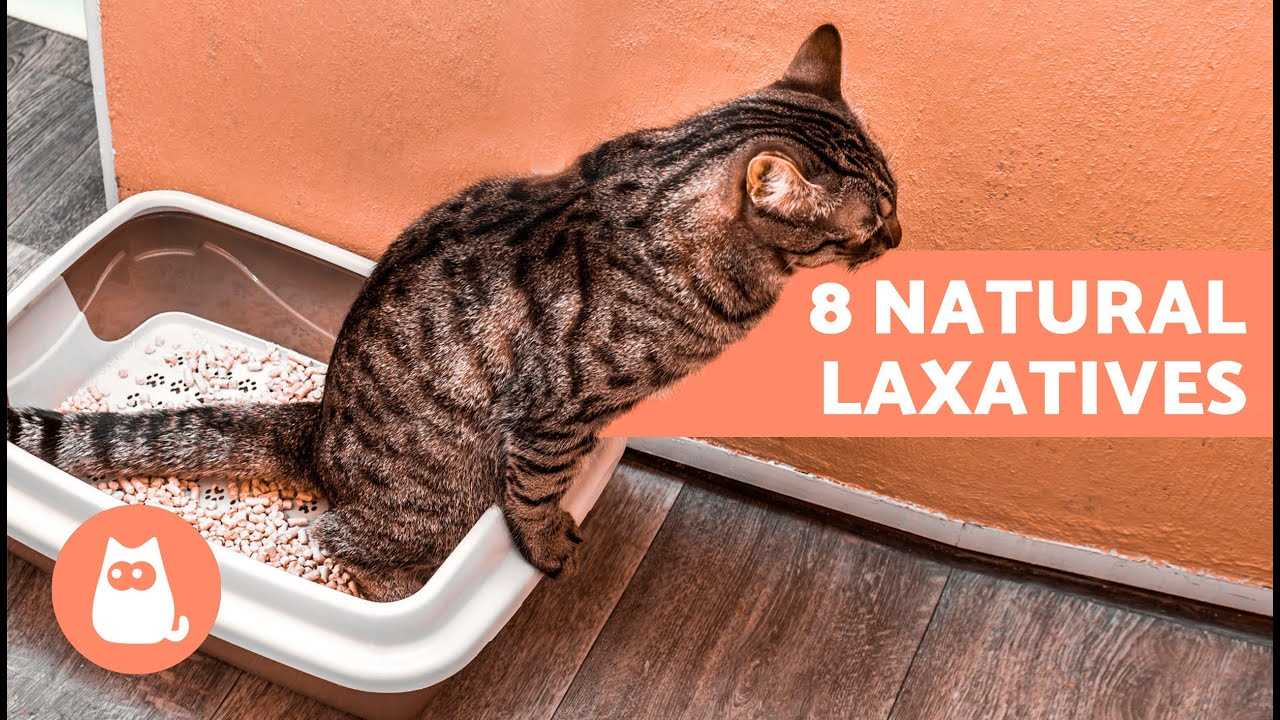Adding a spoonful of canned pumpkin to my meals works wonders. This natural fiber source helps with regularity and makes my food more enjoyable. Always opt for plain pumpkin, avoiding any additives like sugar or spices.
Hydration is key. I make sure to drink plenty of fresh water throughout the day. Consider placing multiple water bowls around the house or using a pet water fountain to encourage drinking. Wet food also boosts fluid intake, so mixing it into my dry food can be beneficial.
Gentle exercise plays a significant role too. I love chasing after my favorite toys or engaging in playtime with my human. Regular movement stimulates my digestive system and helps everything flow smoothly.
Lastly, a touch of olive oil can do the trick. A small amount added to my meals can help lubricate my intestines. Just a teaspoon is enough, and it makes my food tastier, too!
Relieving Feline Digestive Issues
Increase fiber in your diet. Incorporate canned pumpkin or psyllium husk into regular meals. A teaspoon of pumpkin mixed with food can work wonders.
Hydration is Key
Ensure access to fresh water at all times. Wet food can also boost fluid intake. Adding a little water to kibble may help if your human is resistant to changing my diet.
Gentle Exercise
Encourage movement. Playtime with toys or chasing laser pointers stimulates the digestive system. Regular activity can aid in smoother bowel movements.
- Engage in short, frequent play sessions.
- Introduce new toys to spark interest.
- Consider climbing structures to promote exploration.
If the situation doesn’t improve within a day or two, a vet visit is advisable. They can provide professional guidance tailored to my needs.
Recognizing Signs of Constipation in Cats
Pay close attention to changes in my litter box habits. If I’m straining to go or spending more time than usual in the litter, it’s a red flag. You might notice me making unusual noises or even crying out during attempts to relieve myself.
Watch my posture. If I’m crouching uncomfortably or showing signs of discomfort while sitting, something might be off. Sometimes I may even try to go outside the box, which can indicate distress.
Take note of my appetite. A sudden decrease in interest in food could signal a problem. If I’m turning my nose up at my favorite treats, it might be time to investigate further.
Observe my behavior. If I’m more lethargic than usual, or if I seem restless, pacing around and unable to find a comfortable spot, it could be worth a closer look. Additionally, if my belly feels hard or distended when you give me a gentle rub, that’s another sign.
Lastly, monitor my water intake. If I’m not drinking as much as normal, it could lead to dehydration, which often contributes to trouble in the bathroom. Keeping an eye on these signs helps ensure I stay comfortable and healthy!
Dietary Changes to Alleviate Constipation
Switching to high-fiber food is a must for better digestion. Look for options that list whole grains and vegetables as primary ingredients; these can help regulate my tummy troubles. Canned pumpkin is a fantastic addition to meals–just a tablespoon can boost fiber without adding too many calories.
Hydration plays a key role in keeping things moving. Ensure fresh water is always available. Wet food is another excellent choice, as it adds moisture to my diet. If kibble is the only option, consider adding water or low-sodium broth to it.
Incorporating small amounts of cooked chicken or turkey can be beneficial. Lean proteins are easy to digest and can help stimulate intestinal activity. Avoid giving too much, as moderation is crucial.
Some fruits, like blueberries or small slices of apple, can be tasty treats that also aid in digestion. Just keep an eye on portion sizes to avoid any upset stomachs.
Transitioning to new food should be gradual. Mix the new diet with the old over several days to prevent any digestive shocks. Watch for any changes in my behavior or litter box habits, and adjust accordingly.
Hydration Tips for Your Constipated Cat

Increase water intake by offering fresh, clean water daily. Use a fountain to entice drinking, as the sound of flowing water attracts us.
- Mix wet food with water or broth to enhance moisture content in meals.
- Consider ice cubes or ice chips in the water bowl; some enjoy licking them.
- Experiment with flavored water, such as low-sodium broth, to make it more appealing.
Monitor hydration levels by checking for signs like dry gums or lethargy. If I’m not drinking enough, it’s crucial to act quickly.
- Use a syringe (without a needle) to gently administer small amounts of water if necessary.
- Offer ice pops made from diluted broth for a refreshing treat.
- Provide multiple water bowls in different areas to encourage drinking.
Regularly observe my behavior; if I seem less active or my litter box habits change, it’s time to adjust my hydration strategy.
Safe Home Remedies for Cat Constipation

Incorporating a bit of pumpkin into my meals can make a noticeable difference. This natural fiber source helps support smoother digestion. Just a spoonful mixed with my regular food works wonders.
Olive oil is another handy addition. A small drizzle mixed with my meal can lubricate the digestive tract, easing any discomfort. It’s tasty too, so I don’t mind it one bit!
Another tip is to offer some cooked, plain meat or fish. Chicken or fish can entice even the pickiest eaters and provide needed hydration and nutrients, which may help in gentle relief.
Adding a bit of psyllium husk to my diet can also assist. It absorbs water and adds bulk, promoting regularity. Just a tiny amount mixed into my food is all it takes. Always check with the human first, though!
Encouraging exercise is key as well. A few rounds of playtime or chasing a wand toy can help get my digestive system moving. Keeping active is not only fun but beneficial.
Lastly, a warm compress on my belly feels soothing and can help relax the muscles. Just a warm towel for a few minutes can be comforting and supportive during tough times.
When to Consider Laxatives for Cats
If my behavior changes, like straining or spending too long in the litter box, it’s time to think about laxatives. Also, if I haven’t done my business for more than 48 hours, intervention may be necessary.
When I seem uncomfortable or show signs of pain while trying to relieve myself, a gentle laxative could offer relief. If my appetite drops or I become lethargic, it’s a signal that something isn’t right, and a laxative might help restore my normal routine.
Before reaching for anything, consulting with a veterinarian is wise. They can recommend a suitable product or dosage tailored to my needs. Monitoring for any side effects after giving me a laxative is essential; if I experience worsening symptoms, a vet visit is crucial.
Using laxatives should be a part of a broader approach that includes hydration and diet adjustments. Balancing these methods can promote better digestive health and prevent future issues.
Creating a Comfortable Litter Box Environment

Choose a spacious litter box, allowing easy movement. A minimum size of 1.5 times my length is ideal. If you’re worried about accessibility, a low entry point helps when I’m feeling less than enthusiastic about my bathroom duties.
Location matters. A quiet, private spot is crucial. Avoid high-traffic areas or places with loud noises. I appreciate peace while I do my business. Ensure it’s away from my food and water bowls; I prefer my dining area clean and separate.
Maintain cleanliness. Scoop daily to keep the litter free of waste. A fresh environment encourages me to use it. Change the litter weekly and clean the box with unscented soap to eliminate odors. Strong scents can deter me.
Consider the type of litter. Clumping varieties often provide better comfort and easier cleanup. Make sure it’s unscented, as strong fragrances can be off-putting. Test different textures to find what I like best; some prefer fine grains, while others may enjoy larger pellets.
Provide multiple boxes if you have more than one feline friend. The general rule is one box per cat plus one extra. This prevents competition and ensures I have options when nature calls.
Lastly, monitor my behavior. If I start to avoid the box, it might be time to reassess the setup. A comfortable and welcoming bathroom space makes a difference in keeping everything running smoothly.
Consulting Your Veterinarian: When to Seek Help
If my situation doesn’t improve within a day or two, it’s crucial to consult a veterinarian without delay. Signs like persistent straining, blood in waste, vomiting, or lethargy indicate a need for professional intervention. Early detection can prevent serious complications.
Signs Indicating Immediate Attention
| Symptoms | Action Required |
|---|---|
| Straining for more than 24 hours | Visit the vet ASAP |
| Vomiting | Schedule an appointment immediately |
| Blood in stool | Seek veterinary help right away |
| Extreme lethargy | Consult your vet without hesitation |
Even minor changes in behavior can signal an underlying issue. Regular check-ups help maintain health, so don’t skip them. For more tips on keeping my fellow furry friends happy, you can check out the best hashtags for cats on instagram for inspiration. Additionally, understanding where proteins are produced can be beneficial; learn more about it here.
FAQ:
What are some common signs of constipation in cats?
Common signs of constipation in cats include straining to defecate, producing little or no stool, dry and hard feces, loss of appetite, lethargy, and sometimes vomiting. If your cat is showing these symptoms, it may be suffering from constipation and may need treatment.
What home remedies can I try to relieve my cat’s constipation?
There are several home remedies you can try to help relieve your cat’s constipation. Increasing water intake is crucial; you can encourage this by providing fresh water and considering a water fountain. Adding a small amount of canned pumpkin or plain yogurt to your cat’s food can also help, as both are high in fiber. Additionally, gentle exercise can stimulate bowel movements, so engaging your cat in playtime may be beneficial. However, if your cat’s condition does not improve, it’s important to consult a veterinarian.
How can I prevent my cat from getting constipated in the future?
To help prevent constipation in your cat, ensure it has a high-fiber diet, which can include wet food or specially formulated dry food. Regular hydration is also key, so always have fresh water available. Encourage regular exercise through play to promote digestive health. Regular grooming can prevent hairballs, which can contribute to constipation. Lastly, regular vet check-ups can help catch any potential health issues early.






